This article is about the some of the imperative giraffe facts for kids including its habitat, diet, reproduction and species. The giraffe (Giraffa camelopardalis) is unarguably the tallest living mammal with the camel-like face. It is easily recognizable because of its long neck and the skin that is dominated with patches of color resembling to the leopard’s marking. Nine subspecies have been discovered. They are widely distributed across the Africa including South and west Niger and extend to Somalia. These mammals are mainly found in the grasslands and open woodlands where they can find long trees. Even though they are the tallest, giraffes are often preyed upon by lions; leopards, hyenas and wild dogs are usually responsible for killing the young giraffes. Giraffe is not a threatened species and is considered to be least concern. The total population is believed to be 140,000; however, recent survey indicates that there are only 80,000 individuals remain in the wild.
Read More: Giraffe Facts for Kids
 Giraffe Facts For Kids
Giraffe Facts For Kids
- The length of the giraffe measures around 5–6 m (16–20 ft). Females are shorter as compared to males.
- The males weigh around 1,600 kg (3,500 lb) on an average; the weight of the females is 830 kg (1,800 lb).
- Because of the long neck, giraffes’ eyes give an exceptional overview (of predators) from the top. They have a sharp smelling and hearing sense. These mammals are capable to close their nostrils to prevent against sandstorms.
- The length of the purple-color tongue measures around 50 cm (20 inches).
- There are dark patches or markings that range from orange to brown color. No coat pattern of a giraffe resembles with the other.
- The length of the tail is 1 metre (3.3 feet).
- One of the unique giraffe facts is that back legs are 10% shorter in comparison to the front legs.
- The diameter of a foot measures around 30 cm (12 inches); while the hoof measures 15 cm (5.9 inches) in males, in females it is 10 cm (3.9 inches).
- While sprinting, giraffes reach up to 50 – 60 km/h (30 – 37 mph).
- These mammals sleep 4 – 4.5 hours in a 24 hours window.
- The neck measures around 2 metres (6 – 7 feet), with the cervical vertebra measuring 28 cm (11 inches).
- They can feed on trees with a height of 4.5 metres (15 feet).
- The weight of the heart is around 11 kg (25 lb), with the length measuring at 61 cm (2 feet).
- There are 30 – 32 giraffes in a single group.
- These species are not the territorial mammals and they are partial solitary.
Where Do Giraffes Live?
Giraffes are generally the inhabitants of savannas, woodlands, and grasslands. These mammals are known to reside in African countries like Kenya, South Africa, Cameroon, Rwanda, Senegal, Malawi, Mauritania, Mali, Guinea, Angola, Swaziland, Zimbabwe, Somalia, Uganda, and Tanzania.
Giraffe Facts For Kids | Reproduction
- The period of gestation lasts for about 400 – 600 days. Females litter 1 – 2 calves.
- The length of the newly-born calf measures around 1.8 metres (6 feet).
- The mothers look after their calves for about 1 – 3 weeks when they are more prone to predators.
- Females reach maturity at the age of four, and males become mature after 4 – 5 years.
- Their weapon is their necks when they used to fight with each other. By doing this, giraffes establish their dominance in a particular area.
- The average lifespan of giraffe is about 25 years in the wild.
What Do Giraffes Eat?
- Giraffes predominantly feed on twigs of trees and trees of acacia that are rich in calcium and protein.
- These animals consume 34 kg (75 lb) of food daily. They also eat shrubs, fruits and grasses. While eating, giraffes usually chew food and swallow it.
Giraffe Facts about its Predators
These mammals are easily fall victim to Nile crocodiles, lions, leopards, spotted hyenas, wild dogs, Kruger National Park.
Species
- G. c. camelopardalis, also known as Nubian Giraffe and is known to exist in South Sudan and Ethopia.
- G. c. reticulata, also called Somali Giraffe that lives in Kenya and Somalia.
- G. c. angolensis, is also known as Namibian Giraffe and is found in Zambia, Botswana and Zimbabwe.
- G. c. antiquorum, also known as Kordofan Giraffe and is found in Chad and Cameroon.
- G. c. tippelskirchi, als called Maasai giraffe that lives in Tanzania.
- G. c. rothschildi, also called Rothschild giraffe that lives in Uganda and Kenya.
- G. c. giraffa, also called South African Giraffe and is mainly found in South Africa and Zimbabwe.
- G. c. thornicrofti, known as Thornicroft giraffe that lives in Luangwa Valley.
- G. c. peralta, known as West African giraffe and lives in South-western Niger and Cameroon.
Learn more:

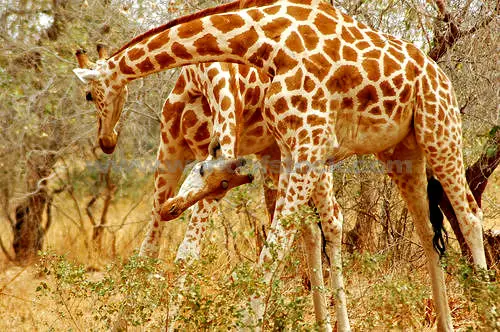
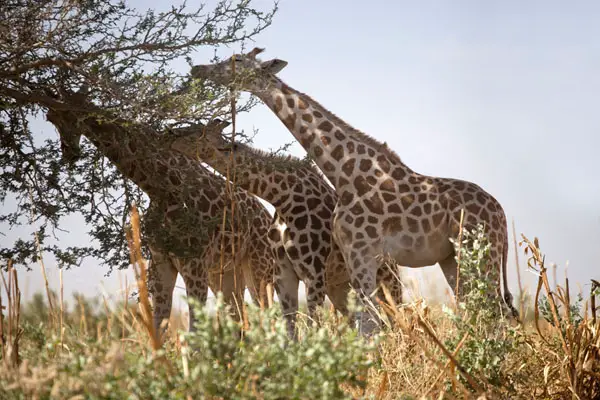
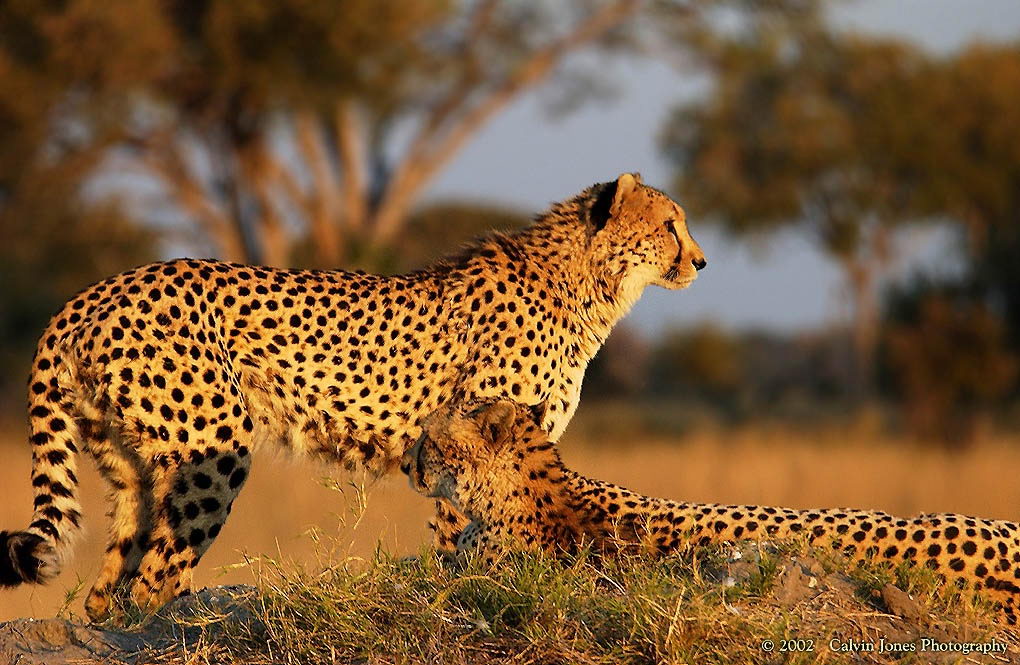


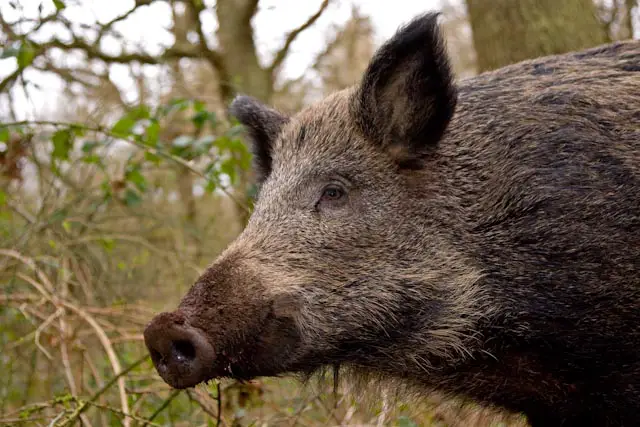
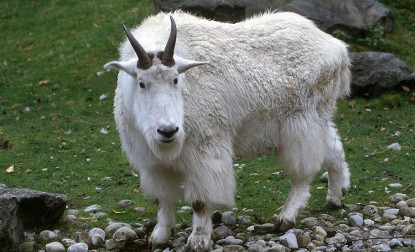

Thank u so much for all these facts about giraffes. Thank u.
if you would add size that would help it might be on there but i didnt see it tell me if you find it because i have a project due and i need it give me links to facts on this animal or what there size,diet,habitat,o fun facts thank you have a wonderful day!!!!!!!!!!!!!
Size is 5 to 6 meters (16 to 20 feet).
Diet: twigs of trees and trees of acacia, shrubs, fruits and grasses.
Habitat: Giraffes are found in the savannas of Africa, among the tall trees, arid land, dense forests and open plains.